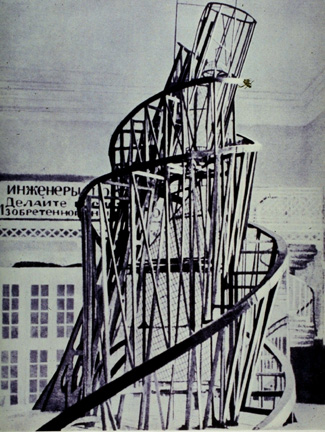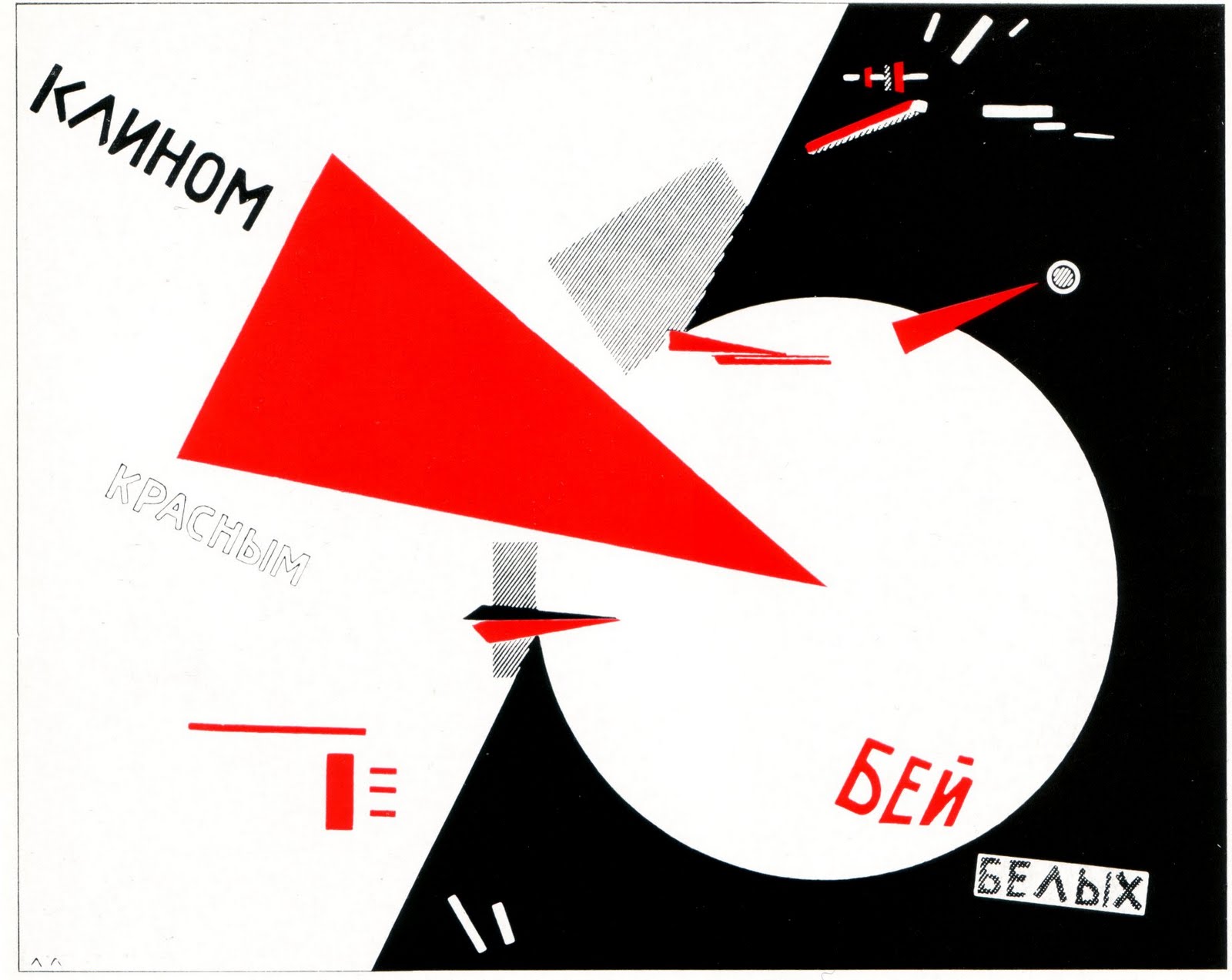Constructivism
(c.1910s-1930s)
- an artistic and architectural philosophy that originated in Russia beginning in late 1910s.
- Art is no longer for art's sake, but is to serve a greater purpose of reflecting the ideal social order and be practical
- a Utopian glimpse of a mechanized modernity according to the ideals of the Bolsheviks.
- committed to complete abstraction with a devotion to modernity, where themes are often geometric, experimental and rarely emotional.
- a new approach to making objects, abolishing the traditional artistic concern with composition, and replacing it with 'construction.' It called for a careful technical analysis of modern materials (glass, metal), and it was hoped that this investigation would eventually yield ideas that could be put to use in mass production, serving the ends of a modern, Communist society.
- themes are also quite minimal, where the artwork is broken down to its most basic elements.
- An art of order was desirable at the time because it was just after WWI that the movement arose, which suggested a need for understanding, unity and peace.
- Famous artists include: Vladimir Tatlin, Kasimir Malevich, Alexandra Exter, Robert Adams, and El Lissitzky.
- Great influence to later Bauhaus architecture and furniture, and Dutch Plasticism (De Stijl)
Monument to the Third International by Tatlin Workers Everyone must vote in the Election of Soviets by Gustav Klutsis (1930)
http://en.wikipedia.com
http://www.artyfactory.com/
http://www.arthistoryarchive.com/







